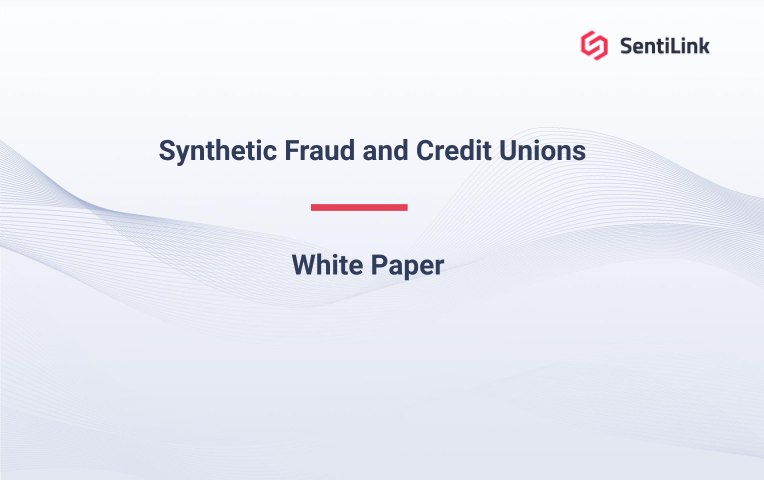
Credit unions play a vital role in the financial lives of many U.S. adults. More than 118 million Americans are members of the country’s 5,700 credit unions. That’s about 50% of the U.S. adult population.
What’s not considered in this estimate is the number of U.S. adults that are not real but open accounts and transact at credit unions every day. These fake consumers, or “synthetic identities,” obtain countless DDA accounts, credit card accounts, auto loans, and personal loans costing credit unions hundreds of millions of dollars each year in losses.
SentiLink’s analysis shows that 15% of synthetic identities target credit unions and credit unions issue significantly more credit to those synthetic identities than to real ones.
Our white paper, "Synthetic Fraud and Credit Unions," discusses factors that increase the risk of fraud at credit unions and features proprietary SentiLink research into synthetic identity characteristics at credit unions. The findings provide insight into the size of the synthetic problem at credit unions, and identify specific patterns of attack that synthetic fraudsters use.
.png)
